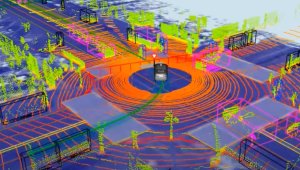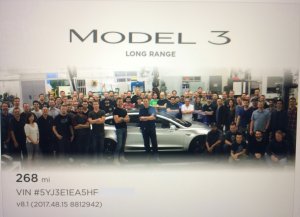Tesla Holiday Update coming soon. Here's what may be included
Tesla has historically had a major release almost every year. Some years they release a holiday update that contains exciting new features. Previous holiday updates have included a new user interface, new games, Boombox, Tesla theater and more.
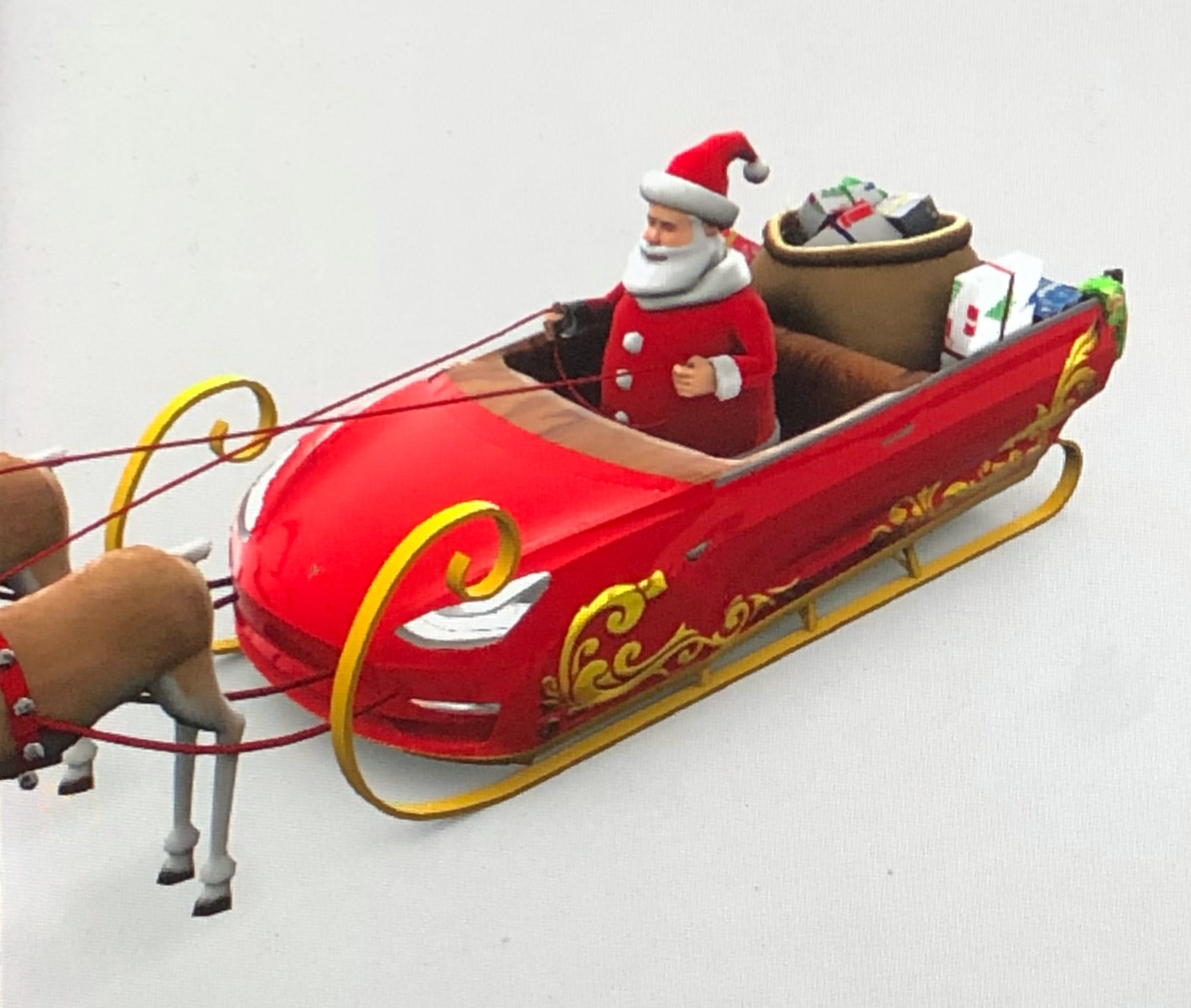
It's an exciting time of the holiday for most people and Tesla is giving us a little extra to look forward to.
Last year Tesla had a holiday update, but ran into several issues and ended up splitting the holiday update into two parts. The first part was version 2020.48.25 and it was released on December 24th.
Coming soon. Lot of cool stuff.
— Elon Musk (@elonmusk) December 6, 2021
The holiday update included new games such as Cat Quest, The Battle of Polytopia and Solitaire. Tesla also refreshed the UI, made car visualizations larger and moved the wipers and rear camera buttons to the main navigation bar.
Although some owners weren't a fan of the larger visualization area because it reduced the width available for other apps like music and the web browser, it did give Tesla room to display more visualizations. The visualizations in FSD play an important role in helping the driver understand what the car can see and react to.
On Christmas day Tesla continued the holiday update and released another update, 2020.48.26, which included the Boombox feature.
Unfortunately, part two of the holiday update never officially came. Speculation is that Tesla became swamped with the new Model S software and ran out of time to develop part two of the holiday update.
It's likely that some of the updates that were slated for part two of the holiday update were released separately throughout the year.
Features such as Waypoints, which was recently released in 2021.40.5 could likely have been part of the holiday update. The TIDAL streaming service, Disney+, Car Wash Mode, the ability to disable mirror auto dimming and hotspot support all sound very much like they could have been part of the holiday update.
Unfortunately, Tesla never announced whether these features were originally part of the holiday update or why they weren't released in December of 2020.
Holiday Update 2021
Elon has now said on Twitter that Tesla is planning another holiday update this year, but doesn't give any details on what's in it. Sure, lots of us may be bitter because part two of the last holiday update never officially happened, but it's good to know Tesla is planning for new features this month.
Elon tweeted that the next holiday update is "Coming soon. Lot of cool stuff." Although this message leaves a lot to the imagination, it's fun to speculate what could be included in this update.
We took a look through our Upcoming Features section, which lists every feature that Elon has commented on and we put together a list of possible features that could be included in this year's holiday update.
Share Car through Tesla App
The share your car feature was recently discovered in the new Tesla app's source code. The feature will allow you to share access to your car with someone else for a specified time. Think of it as sharing virtual car keys, complete with an expiration date. Find out how sharing car access will work.
Vehicle Sync
Vehicle Sync will allow you to share your Tesla settings with other Teslas you own or rent. Vehicle Sync will automatically set your preferences such as stopping mode, auto high beams, temperature units and more automatically when you get into a new Tesla. Read more about how Vehicle Sync will work.
Improved Parking Chimes
This feature was recommended to Elon on Twitter and Elon responded and seemed quite fond of the idea. The feature would greatly improve the usefulness of Tesla's parking chime alerts. Instead of the parking sensors generating a generic beeping sound, the volume and direction of the sound would be based on the proximity and location of the object to the parking sensors. So if you were backing up in your Tesla and approaching an object such as a parking lot light pole, you'd hear the parking chime coming from the rear speakers. The closer you would get to the object, the louder the alert would be. Find out more details on the improved parking chimes idea.
Auto Shift
The new Model S and Model X support Auto Shift, which lets your car automatically shift into forward or reverse when coming out of park. Elon has said previously that Auto Shift will not be limited to the new Model S and X, but will also be come to the Model 3 and Model Y. Find out more about Auto Shift coming to other models.
Passenger Seat Presets
Similar to how there are driver profiles that save a driver's preferences, passenger presets would save a passenger's preferences such as seat position and possibly merge the driver's favorite music stations with the passenger's favorites. Read more about passenger seat presets.
Face Recognition
Tesla filed a patent that would use face recognition to set driver profiles. Instead of setting your driver or passenger profile based on which phone was closest to the car, or having to manually select your profile, Tesla could offer simple face recognition that would automatically set your profile for you. This will make a lot more sense when Tesla introduces passenger profiles, as Tesla would likely want to avoid cluttering up the UI with driver and passenger profile buttons. Find out more about face recognition in Teslas.
Apple Music
After Waypoints, this is the most asked for feature in a Tesla. Tesla recently released TIDAL and in the past Tesla has had source code that hinted at additional music services, such as Apple Music. The truth about music services is that the trend will continue and if Tesla adds Apple Music today, then users will ask for Panda, Amazon Music or SiriusXM streaming capabilities. Tesla is full of talented engineers. They're hopefully working on a solution that will generalize music streaming in a Tesla and make it easier to add additional music services. Adding Apple Music capability to Teslas could be 'The Gift' many are hoping for this holiday season. Find out more about Tesla adding additional music services such as Apple Music.
Render Teslas on Display
The ability to identify and display other Teslas on the screen could be just the kind of feature Tesla would incorporate into a holiday update. With the advancements Tesla has made in object recognition, Tesla can pull this off if they choose to. Read more about displaying Teslas on the screen.
Some of these features may show up in this year's holiday update, but like Santa, Tesla always has some surprises up their sleeve as well.
Last year Tesla released the holiday update close to Christmas and since Tesla does staggered roll outs, some owners did not receive the update until after the holidays.
Who knows exatly what's in store for us this year, but we're getting close and it's possible we may see the first sign of this year's holiday update soon. Check out our Upcoming Features section to read about all the features that Tesla may be looking into developing.
Update: We now have more information on the upcoming Holiday Update that may arrive as soon as Tuesday and possibly feature a 'Dancing Mode' for the Model 3 and Model Y.
Update 2: It's confirmed that a Light Show feature is coming to not only the Model 3 and Model Y, but also the Model S. You can view all the known Holiday Update features here.
Update 3: Tesla released many new features in the 2021 Holiday Update. The holiday update was released with version 2021.44.25.











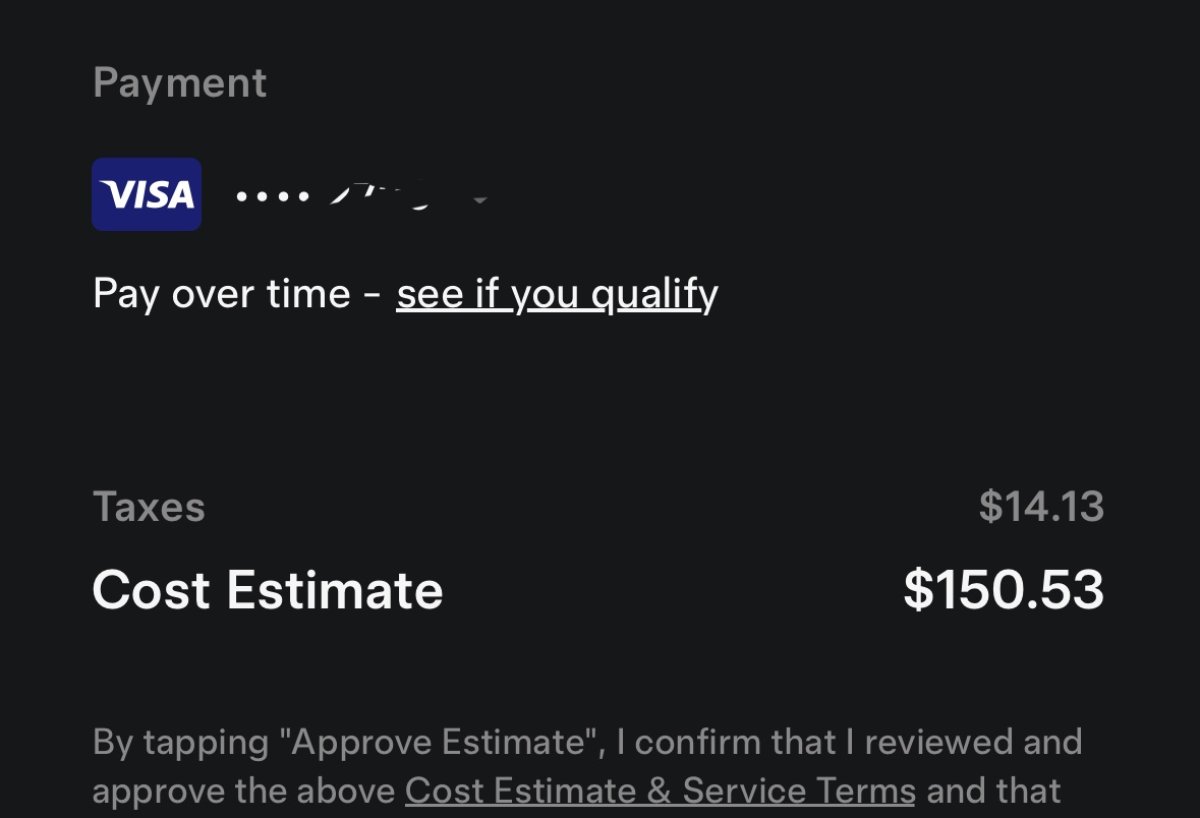
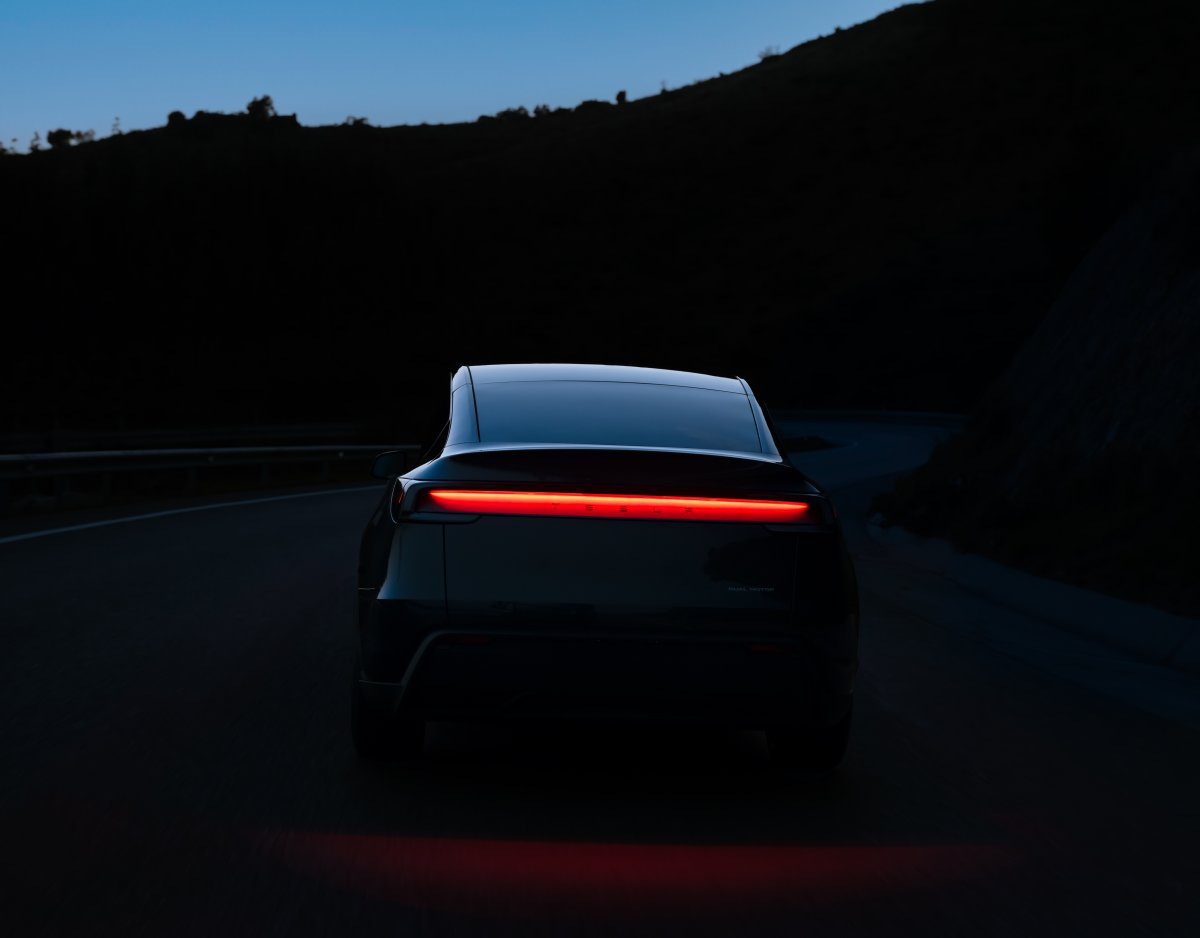


![Tesla Autonomously Delivers Its First Vehicle to Customer — And It’s More Impressive Than Expected [VIDEO]](https://www.notateslaapp.com/img/containers/article_images/model-y-2025/newmodely_77.jpg/382e0312c769d0bb2e1234f7ac556fad/newmodely_77.jpg)
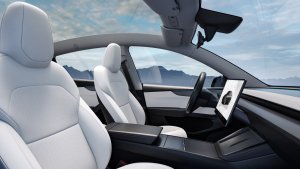
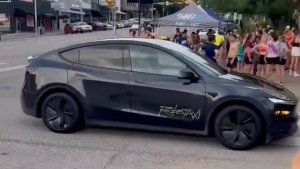
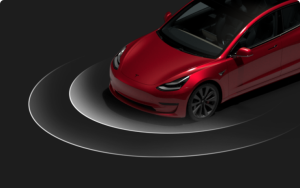
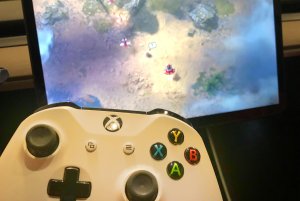
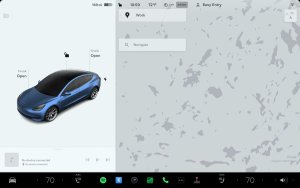
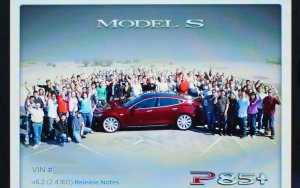
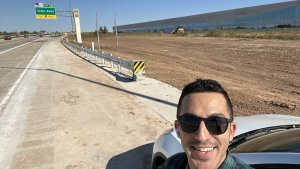
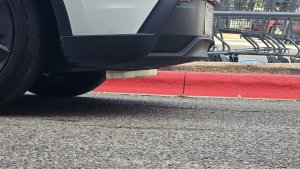

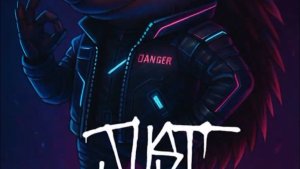
![First Recorded Tesla Robotaxi Intervention: UPS Truck Encounter [VIDEO]](https://www.notateslaapp.com/img/containers/article_images/2025/robotaxi_model_y.jpg/3036d8b53214c2d071c978c42911e451/robotaxi_model_y.jpg)
![First Look at Tesla's Robotaxi App and Its Features [PHOTOS]](https://www.notateslaapp.com/img/containers/article_images/tesla-app/robotaxi-app/robotaxi-app-tips.webp/e643a61975bf712d18dc9aa9a48fdb01/robotaxi-app-tips.jpg)
